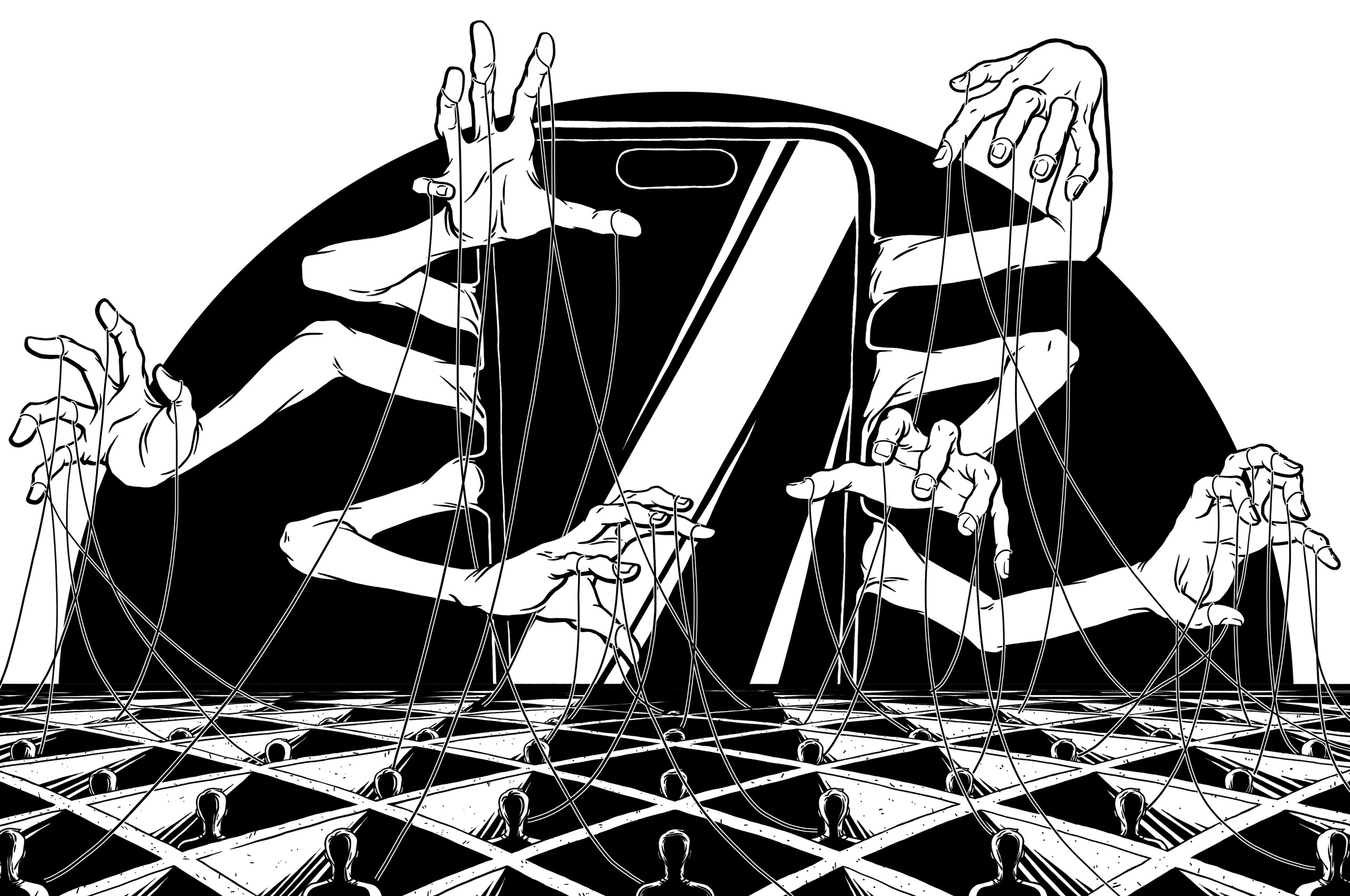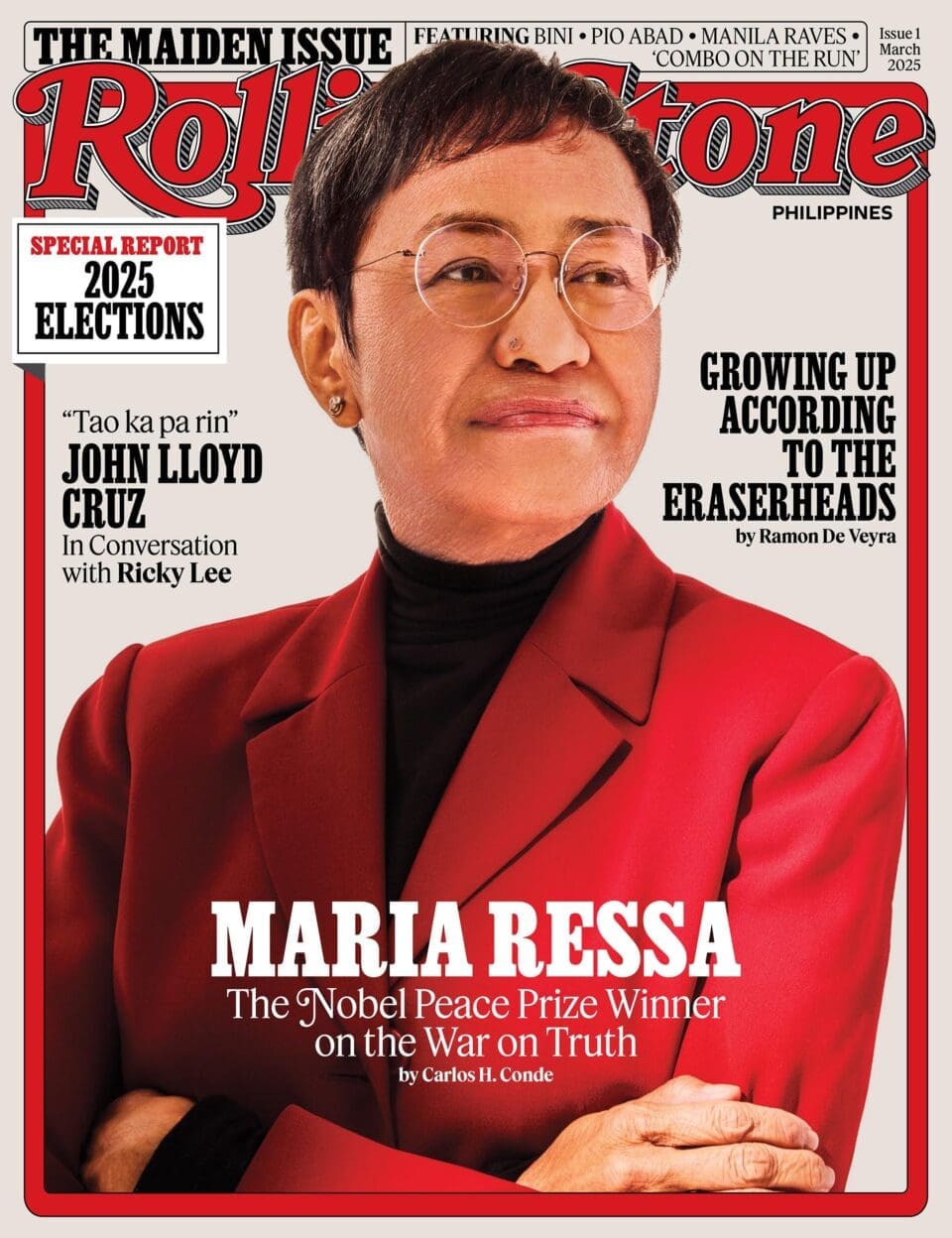In 2022, a black-and-white photo popped up on first-time voter Chris’ Facebook feed, stopping his thumb mid-scroll. It wasn’t just the image itself — a young man clad in a bikini — but who it was that made him pause. It was Francisco “Isko Moreno” Domagoso, one of the presidential hopefuls in the presidential election. Was it a smear campaign? A bizarre publicity stunt? Chris wasn’t sure, but he was intrigued.
After seeing the scandalous photo, he typed Isko’s name into the search bar, and his feed became flooded with Isko’s stories, promises, and memes. Chris felt like a political ping-pong ball caught between friends who bled pink for another presidential candidate Leni Robredo and a family firmly planted in the Marcos camp. Chris, convinced he had found the underdog who deserved a chance, voted for Isko.
Now, he wonders whether the choice to vote was his or if the algorithm influenced him.
This isn’t just a one-off anecdote. In the hyper-connected Philippines, where over 90 million people are active on social media, it has become a cultural phenomenon, and the potential for these platforms to influence elections is staggering. How exactly does this manipulation work?
Unveiling the Black Box
An algorithm is a system that decides which content users will see on their social media feeds. Tech giants have successfully kept this algorithm a trade secret.
Think of social media algorithms like a DJ at a party. Each guest has a unique taste in music. Some might prefer rock, while others enjoy jazz. The DJ’s job is to play music that matches the guests’ preferences to keep the dance floor busy and guests entertained. The DJ will better predict what guests like as the night progresses, creating a personalized music experience. Because the DJ controls the music, it can eventually introduce new songs or steer the party.
Like the DJ, the algorithm learns from user interactions to tailor content to individual preferences, aiming to keep users engaged or addicted.
Now, the DJ will keep spinning the genre you like or learned to enjoy until you may not have noticed that the sun has risen. You crave more, search for it, and fall into a digital black hole.
“Mayroon kaming 300 social sites across all social media platforms na popular dito sa Pilipinas with five million guaranteed audience… So when elections came, whatever topic our client wanted to impose, pro or anti, we had a page for that. It’s like you’ve fenced in your audience. You have to cater to different sectors.”
That endless stream of content is not an accident. This social media feature is called the “infinite scroll,” a devilishly clever invention designed to keep you hooked. Each like, share, and comment triggers a dopamine hit in your brain, leaving you craving for more. You’re addicted, and social media companies know it.
“Social media is designed to be addictive,” confirms a 2022 study on social media addiction. The study, “Addiction by Design,” examines the multifaceted problem of social media addiction, its causes, and potential solutions, noting that it is a widespread issue across age cohorts, especially affecting young, single females and teenage girls on platforms like Facebook, Instagram, TikTok, X (formerly Twitter), Snapchat, and other communication apps.
Worse, videos automatically play without giving you time to discern what you are watching. You just know that you are entertained; you feel something.
Psychologist and content creator Riyan Portuguez explains how emotions are weaponized to keep you scrolling, creating echo chambers that reinforce your biases and shut out dissenting voices.
“The social media algorithm shows specific content that aligns with our current beliefs, and of course, if there’s an existing belief, it’s further reinforced because it creates an echo chamber,” Portuguez warns. “It would also depend on the openness of a person, because they may not actively seek out different perspectives. Just because you’re tech-savvy doesn’t mean you’re not immune to manipulation.”
Content creators who have built a solid online community are aware of tapping into powerful emotions to stimulate followers to engage with them. “These are specific emotions classified as negative affect, like anger, sadness, and fear,” Portuguez says. “Specifically, anger is a strong component of negative affect that can strengthen bias. So our confirmation bias increases if our anger is present.”
Weaponizing the Algorithm
Veteran political strategist Armand Nocum was one of the pioneers of “digital campaigning” in 2010. He spills the tea on how campaigns exploit the social media algorithms’ vulnerabilities. He may also have had a hand in what convinced Chris to vote for Isko. He reveals a key tactic he employed for then-presidential candidate Isko: creating and nurturing social media pages on diverse topics years before an election.
“Mayroon kaming 300 social sites across all social media platforms na popular dito sa Pilipinas with five million guaranteed audience. Kaya lang siyempre, karamihan inalis na ni Facebook noong naging strict na sila. Nag-create kami ng pages on different topics. We had pages on mining, anti-mining, anti-political dynasties. So when elections came, whatever topic our client wanted to impose, pro or anti, we had a page for that,” Nocum explains. “It’s like you’ve fenced in your audience. You have to cater to different sectors.”
Nocum shared that the algorithm is designed to maximize engagement, often prioritizing sensational and emotionally charged content, regardless of its veracity — hence, Isko in a bikini. They used the smear campaign against Isko to solidify his image as a boy who came from the slums and could relate to the economic situation of the voters.
“‘Yon nga sa algorithm mas lalong maraming taong nag-re-react if it’s scandalous news and also, siyempre with the intention to demolish ‘yong rival na kandidato nila.”
With confirmation bias, Nocum says that the trick is finding undecided voters — like Chris.
Read the rest of the story in the first print issue of Rolling Stone Philippines.
For more information, please visit Sari.Sari.Shopping.
Dive into the captivating world of music, state of affairs, culture, and radar with Rolling Stone Philippines Digital Access. Plans start at $5/month.





